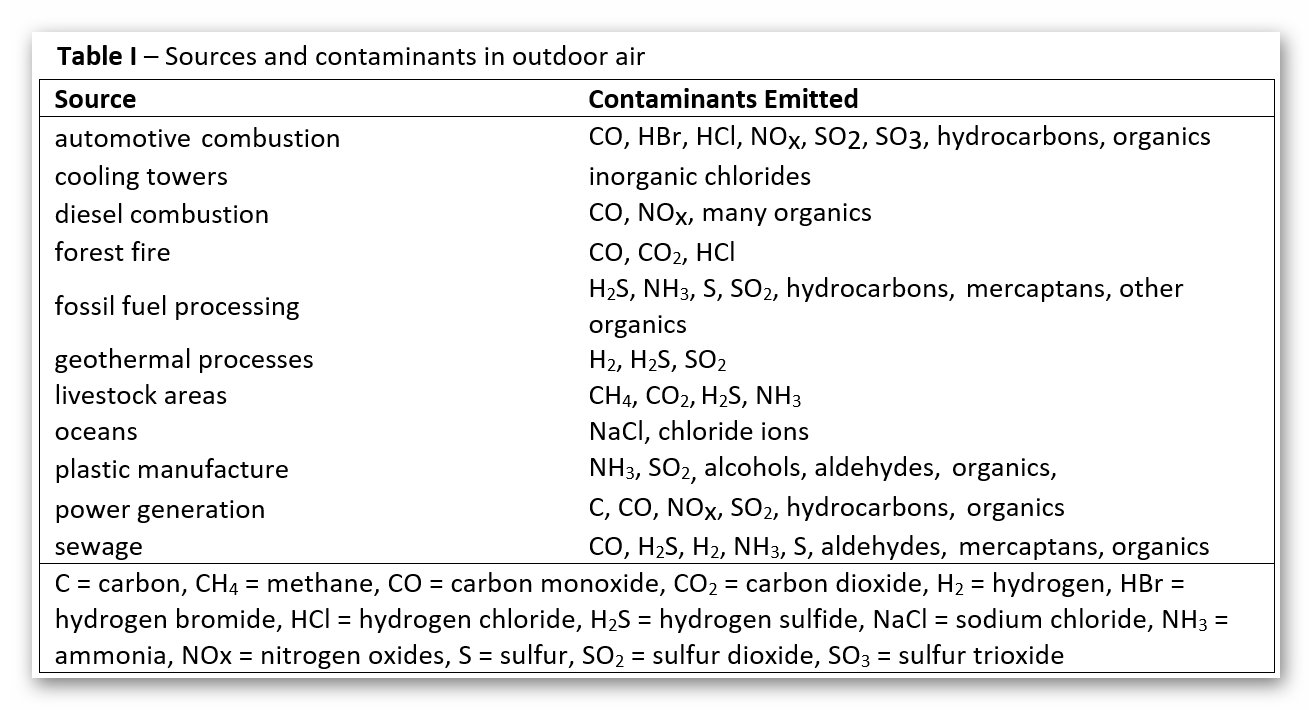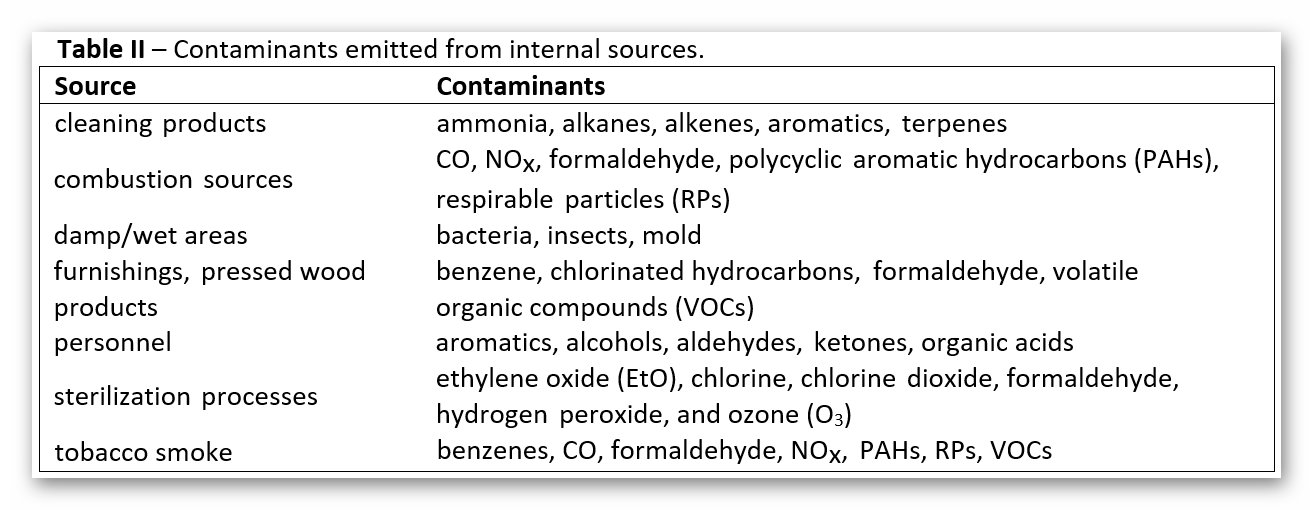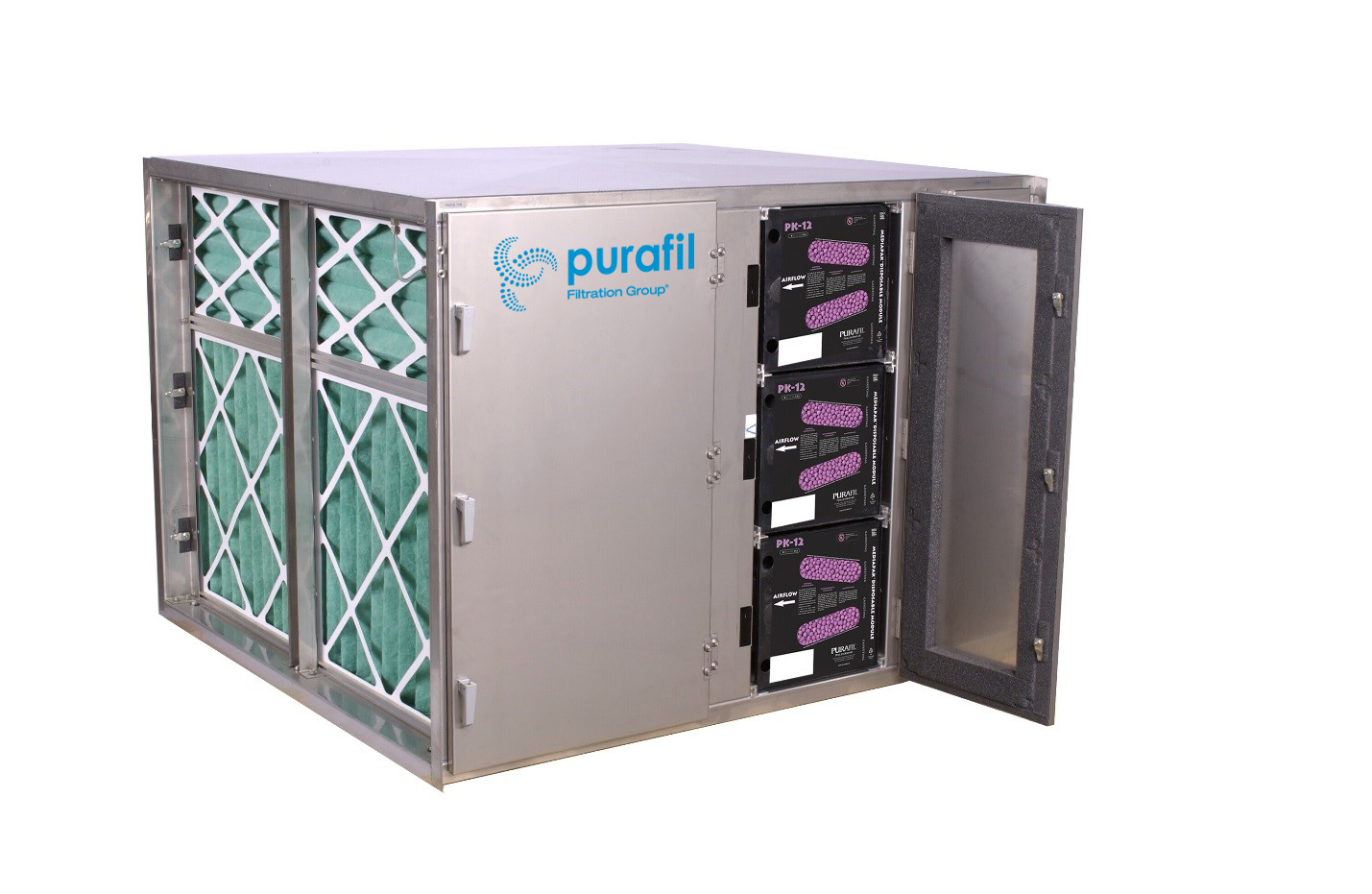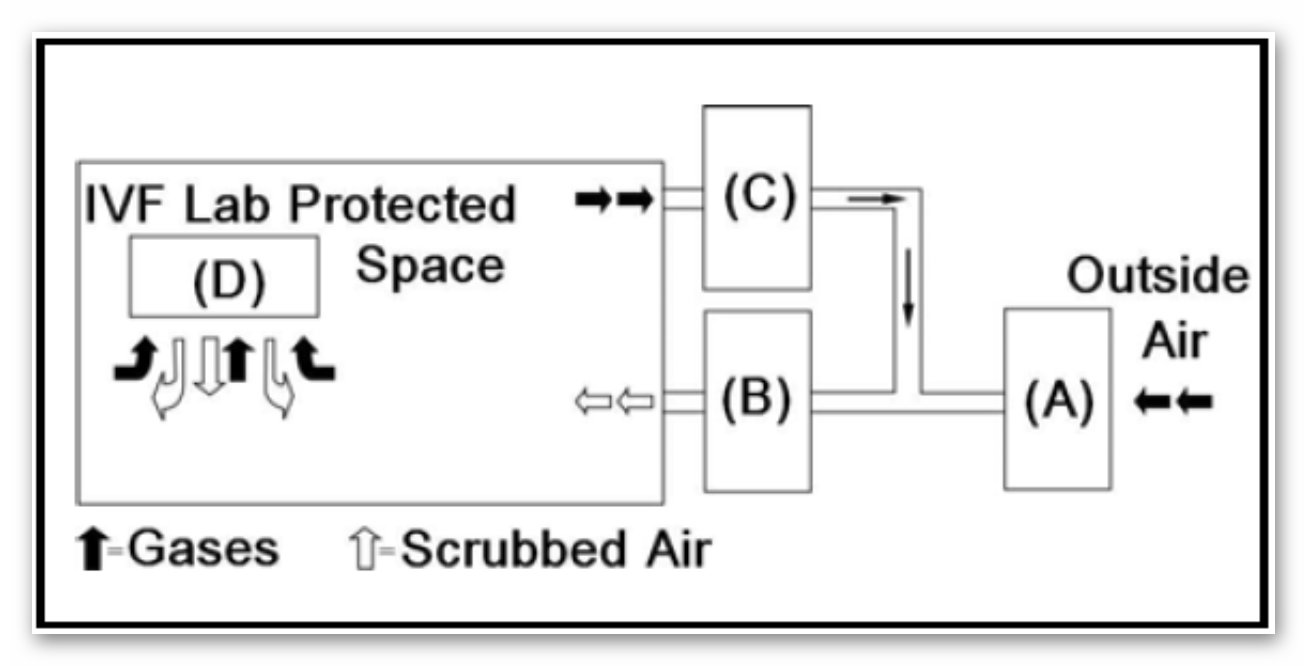Improved Air Quality = Higher Fertilization Rates
It’s hard enough to conceive a child, but if you’ve turned to in-vitro fertilization, you know how every detail needs to fall perfectly into place. Creating life in a lab requires precision and the perfect environment. For a technician running an experiment, performing research, or spawning a life, you require and expect your lab to have a controlled environment that will have little to no impact on the outcome of your test, research, or procedure. This means you need a contaminant-free lab with an air filtration system that efficiently manages all of those pesky airborne particulates. Most air handling systems provide clean, manufactured environments by controlling both viable and nonviable airborne particulates to create an optimal indoor air quality.
Air handling systems for a biotechnology or life science labs are designed to provide and maintain controlled environments that minimize process defects, assure product quality, and provide for worker safety and health. This allows you to maximize yields and success rates while also avoiding interference from regulatory agencies.
There is one important type of airborne contaminant that is not controlled with traditional filtration technology – non-particulate, or molecular contaminant. With ozone levels as low as 5-10 parts per billion (ppb), the outdoor air quality has begun to affect advanced biotechnology processing like DNA and gene chips. Even for assisted reproductive technologies like in-vitro fertilization (IVF), which requires a complex set of procedures performed under optimal conditions, molecular contamination has proven a negative influence, and indoor air quality is more important than ever.
Overview of Airborne Molecular Contamination
The term airborne molecular contamination (or airborne molecular contaminants, AMC) includes those contaminants in the gas-phase, and labs are especially vulnerable to their effects. AMC covers a wide range of chemical contaminants that can be present in a cleanroom environment as well as other protected spaces. AMC includes acids (containing hydrogen and having characteristics of an electron acceptor), acid gases (gases that may form acids upon solution in water), bases (having characteristics of an electron donor), condensables (capable of condensing on a clean surface), organic chemicals (containing carbon), organometallic compounds (containing carbon and metals), oxides of sulfur and nitrogen, and others.
Outdoor air is often considered a clean source of dilution air to reduce internal contaminant levels. However, outdoor air can be a source of multiple types of AMC depending on location and activities taking place nearby. These contaminants range from familiar ones like ozone, carbon monoxide, nitrogen and sulfur oxides to reduced sulfur compounds and halogen gases. Urban locations will generally have contaminants associated with motor vehicle exhaust. Suburban and rural areas more distant from large population centers could have contaminants related to agriculture and natural sources. Table I gives an overview of the possible sources and their respective contaminants.
Possible indoor sources of AMC are often discounted, but can come from multiple sources. Included are off-gassing of building materials (furnishings, pressed wood products, etc.), cleaning chemicals, chemicals used in daily activities/processes, human metabolic processes, and more. Table II describes some of the types of contaminants associated with their indoor sources.
Air Cleaning for AMC and Particulate Matter (PM)
Introducing any of these contaminants into a lab, for example an IVF lab, can affect the air quality, which in turn affects the fertilization process. All or any of the contaminants described can be present in outdoor air used for ventilation which then enters the facility through the HVAC system, unless those contaminants are filtered out. Unfiltered air intakes of the HVAC system can bring outside air in creating an environment no longer contaminant free.
AMC control is generally accomplished using granular chemical filter media employed in modules with media bed depths of 1 to 3 inches. These systems typically contain both adsorptive and chemisorptive media contained in two or more banks of bulk-filled modules. Pre-filter and final filter sections are employed for coarse and fine particulate matter (PM10, PM2.5), but the air may still need to be treated with HEPA or ULPA filtration to control ultrafine particles (PM0.1, if required) before it enters the protected space(s). All together this provides for air in the protected spaces to be cleaned of both AMC and particulate matter before it enters an IVF lab. A typical system to clean outdoor air is shown in Figure 1.
Table I – Sources and contaminants in outdoor air

Table II – Contaminants emitted from internal sources.
Recirculation air filtration is accomplished through the HVAC system or through a separate (standalone) AMC filtration system designed to clean the air within a space. Employing AMC filtration on the recirculated air stream allows for fine control of those internally-generated contaminants. A diagram showing possible locations of AMC control are shown in Figure 2.
Figure 1. Modular side access chemical filtration system with MERV 8 pre-filter section, two banks of chemical filtration media in “V-bank” modules, and a MERV 11-13 final filter section.
Figure 2. Diagram showing possible locations of air cleaning system used to control AMC and particulate matter at an IVF Lab. (a) outdoor air, (b) mixed supply air, (c) recirculated air from the space, and (d) internally recirculated air.
AMC control can be utilized for the makeup (outdoor) air as described above, in the mixed supply air to the space(s), in the recirculated air within a protected space, or as a separate unit in the space. Makeup air filtration is probably the most common and considered a requirement by most practitioners. To control contaminants from both internal and external sources, AMC filtration must be in either the supply air or a combination of makeup and recirculation air.
AMC Control in In-Vitro Fertilization Applications
IVF clinics have a need for extremely clean air to keep success rates high. Some require positive pressure within the protected spaces with cleaned outdoor air to minimize impurities and/or cross-contamination and to reduce the effects of various internal sources. However, in many locations outdoor air contains levels of contaminants high enough to negatively impact success whether measured by pregnancy rates, live birth rates, or other metrics. Although not much data describing the effects is available, facilities have reported decreases in pregnancy rates related to AMC.
The use of dry-scrubbing media to control AMC has come in various forms and purposes. Some specific applications call for the protection against internal or external sources contaminating sensitive areas such as in-vitro fertilization (IVF) clinics and laboratories.
Internally-generated contaminants known to have detrimental effects in IVF facilities can come from many sources including off-gassing from building materials, cleaning/sterilization processes, analytical procedures, compressed air, and pesticide use in and/or around a facility. Sources outside the lab may include motor vehicle exhaust, cooling towers, kitchen & bathroom exhaust, ground level or rooftop helicopter pads, along with a myriad of others, especially in urban environments. An abbreviated list of potential sources of outdoor air contaminants with relevance to assisted reproductive technologies is presented in Table III. When the outdoor air and indoor sources are considered together, there can be a substantial list of contaminants that may need to be addressed.
Table III – List of AMC sources and representative contaminants in the outdoor air at an IVF Lab
AMC control can be in the makeup (outdoor) air as described above, in the mixed supply air to the space, in the recirculated air from a space, or as a separate unit in the space. Makeup air filtration is probably the most common and considered a must by many. To scrub contaminants from both internal and external sources, AMC filtration must be located in either the supply air or a combination of makeup air and recirculation.
AMC Control – Reports from IVF Labs
A facility using standard filtration in their HVAC systems reported two significant decreases in success rates that triggered AMC investigations. The first incident was a threefold decrease over a three-week period. The second incident was over a longer period with not as dramatic a decrease. Both periods were described as showing:
“…a significantly lower pregnancy and implantation rate than preceding and subsequent periods without a significant change in fertilization rate, embryo development or morphology. The frequency of embryologists or physicians performing procedures in both periods was unaltered. Media and water batches and changes in catheters and other disposable products were not correlated with the events. The only plausible explanations concerning the fluctuations were changes in air quality.”
Upon further investigation, the first period of decline in success rates was discovered to have occurred before and during repeated fumigation for pest control in adjacent spaces. More surprisingly, the embryologist was never told of the pesticide use. The likelihood of the pesticide aerosols entering the IVF laboratory was very high due to infiltration, leaks in HVAC ductwork, as well as the air exchange due to personnel entering and leaving the area. The second decrease in pregnancy and implantation rates was determined to be during a period when the HVAC system was being redesigned and proper air distribution had been disrupted. These incidences reinforced the already known fact that AMC can dramatically affect the IVF lab operation.
In another report, one IVF laboratory incorporated the use of a free-standing recirculation air cleaning system containing both granular activated carbon for VOCs, PAHs, ozone, and other molecular (gas-phase) contaminants as well as a potassium permanganate-impregnated alumina media to remove sulfur and nitrogen oxides, formaldehyde, and low molecular weight organics after new construction. It was reported that:
“…the unit effectively removed adhesive and paint smells . . .. Since that time, our clinic has an overall clinical pregnancy rate that has been in excess of 50% in 1400 patients for 16 months and with occasional sustained periods of 60% fetal heartbeat or more. The implantation rate per embryo varied from 22% to 36% during this same period.”
Summary
In order to create life in a lab, all of the stars need to align and the environment needs to be perfect. Successful fertilization has been proven to be directly linked to the indoor air quality of the sensitive lab and facility. You want every edge you can get and ensuring the facility performing the procedure addresses details like airborne molecular contamination is vital to creation. Simply adding a proper air filtration system, a lab or cleanroom will improve the air quality enough to experience dramatic results including higher pregnancy rates. A great IVF facility will create the optimal environment so you only need to focus on your growing family.
Contact Purafil to learn how we can help improve your productivity.




